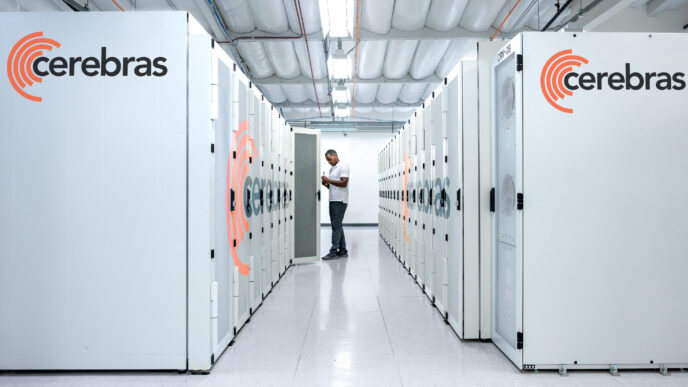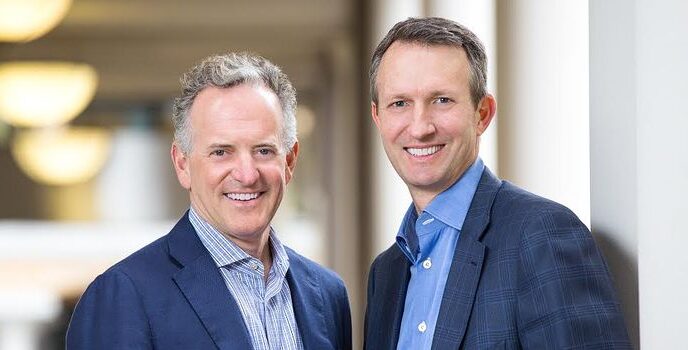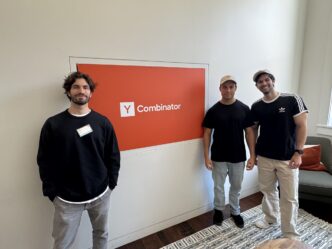NexDash is stepping into Europe’s freight industry at a moment when the sector desperately needs a reset. While emissions keep rising and diesel trucks dominate long-distance transport, thousands of small operators still rely on ageing fleets and limited capital.
Most lack the digital tools, charging access, and financing needed to switch to cleaner options, leaving heavy-duty trucks responsible for more than a third of transport-related CO₂ emissions. This slow progress has created a widening gap between Europe’s climate goals and the realities on the ground.
NexDash is built around a simple but ambitious idea: if electrification is too complicated for small operators to manage alone, then someone has to build an integrated system that makes it effortless.
Today, the company announced €5 million in seed funding from Extantia Capital and Clean Energy Ventures to power this shift. With this backing, NexDash aims to introduce Europe’s first Neo-Carrier, a fully electric, software-led freight carrier designed to change how goods move across the continent.
The startup believes logistics can only be decarbonised by blending technology, capital, and operations into a single model. That belief shaped the heart of the platform, a system known as NexOS. NexOS works as an AI-powered operating layer that synchronises everything from fleet management to energy availability and truck financing. It connects routes, charging nodes, vehicle performance, and financial models behind the scenes, processing them in real time so every truck runs as efficiently as possible.
This level of orchestration has long been missing in heavy-duty transport. Most carriers rely on siloed software, incomplete data, or outdated internal tools. NexDash wants to replace that patchwork with a seamless network where trucks, chargers, and operators communicate continuously. That is why the company describes its solution as “Trucking-as-a-Service,” turning a traditionally asset-heavy, capital-intensive business into one driven by software and scale.
To build this new model, NexDash plans to acquire mid-sized diesel fleet operators and rapidly convert their assets into electric trucks. These acquired fleets then operate under the NexDash platform, which handles everything from charging cycles to cost optimisation. Because the startup also provides financing, operators avoid the usual burden of upfront investment, one of the biggest barriers to electrification. This approach transforms an outdated structure into a streamlined electric fleet that runs on data, predictable costs, and consistent performance.
Europe has seen other players working on electrified trucking, including Sweden’s Einride and Volta Trucks. But NexDash positions itself differently. Instead of simply deploying electric trucks or building autonomous systems, it combines acquisitions, financing, fleet operations, and an AI operating system into one vertical model. This blend gives the company a stronger real-world foundation and helps it scale faster without waiting for external changes in infrastructure or policy.
Investors backing NexDash believe this orchestration is the missing link in Europe’s transition to cleaner transport. Joern-Carlos Kuntze, Partner at Extantia Capital, explains that heavy-duty transport struggles less from lack of technology and more from poor coordination. He believes the NexDash model solves that issue by connecting software, charging, and capital right where operations happen. That integration, he says, is what enables electrification to work at scale, not just in controlled pilot programs.
With €5 million in new funding, NexDash now plans to accelerate fleet acquisitions and roll out its first batch of electric trucks. The company is also preparing to expand charging infrastructure across Germany, which will serve as the backbone for its early operations. As it strengthens this foundation, the startup aims to extend its network across Europe, creating a connected freight ecosystem where electric trucks can travel long distances without the uncertainty that operators face today.
This expansion marks the beginning of a broader shift in how Europe’s logistics networks could evolve. If NexDash succeeds, the freight sector may move from ad-hoc electrification to an integrated model that gives operators immediate access to trucks, charging, financing, and optimisation in one place. The company wants to make modern trucking feel less like managing a collection of assets and more like joining a unified system that handles complexity for you.
As NexDash moves into its next phase, the focus is on building a network that grows smarter with every mile. Each trip feeds the AI engine more real-world data on routes, weather, energy availability, battery efficiency, and charging density. Over time, that data sharpens the accuracy of NexOS, making routes faster, charging more predictable, and fleet economics stronger. It’s a cycle where the system learns, adapts, and improves continuously.
The challenge ahead is significant. Electrifying heavy trucks demands infrastructure, investment, and real operational discipline. But by owning the full stack and eliminating the friction that slows most operators, NexDash believes it can accelerate the shift far faster than traditional players. And for an industry facing rising emissions, tightening regulations, and growing pressure from customers who want greener supply chains, this is exactly the kind of push many have been waiting for.
NexDash’s launch comes at a moment when Europe is actively searching for scalable solutions in freight decarbonisation. Governments are encouraging fleet upgrades, manufacturers are racing to improve electric truck ranges, and charging networks are expanding.
Yet progress has remained uneven because most operators move too slowly or lack the resources to electrify alone. NexDash is stepping into that void with a path that combines technology and ownership, creating a shortcut to cleaner logistics at scale.
By merging software intelligence, electrification financing, and operational control, NexDash is positioning itself as a new category of logistics company. It is not only proposing a cleaner trucking model but building a system that could reset expectations for how freight works in Europe.
If the company continues to execute at its current pace, the freight industry may soon look very different, cleaner, connected, and shaped by an AI-driven network built for the future.













